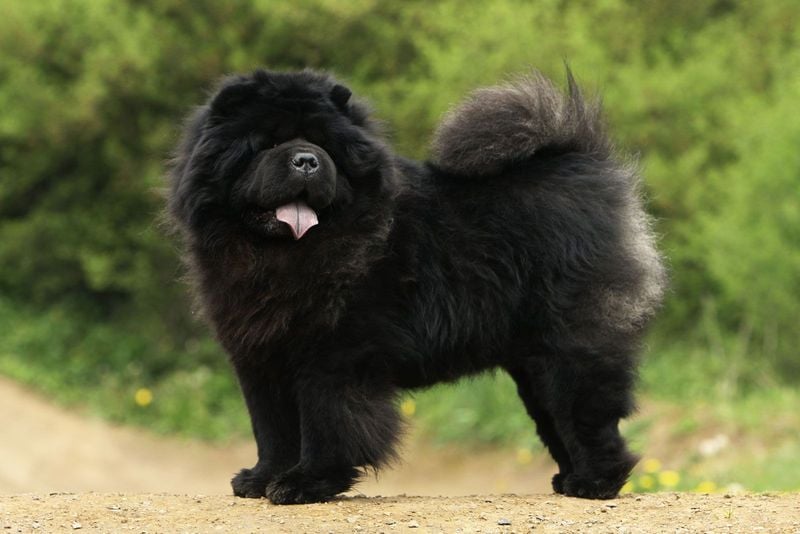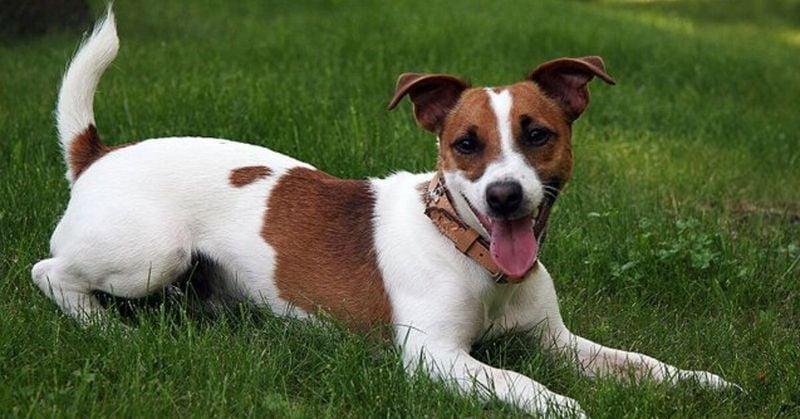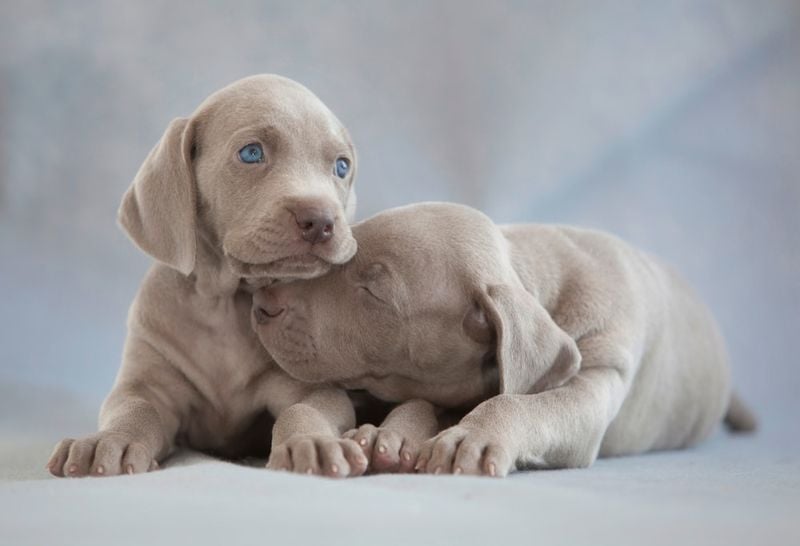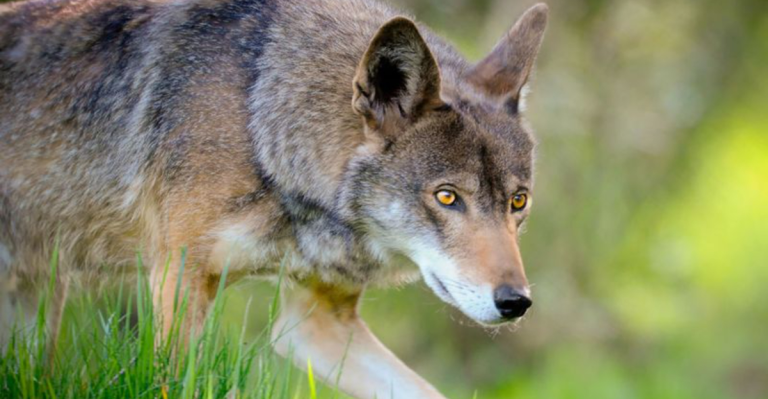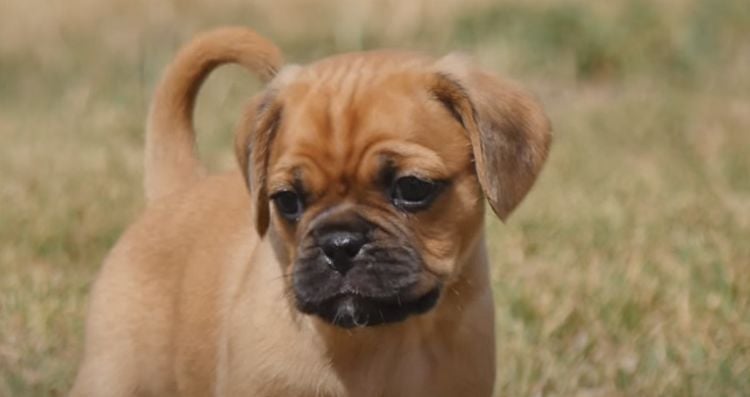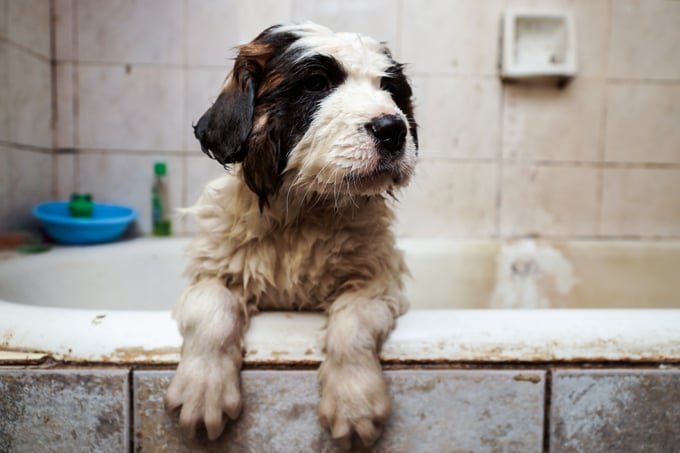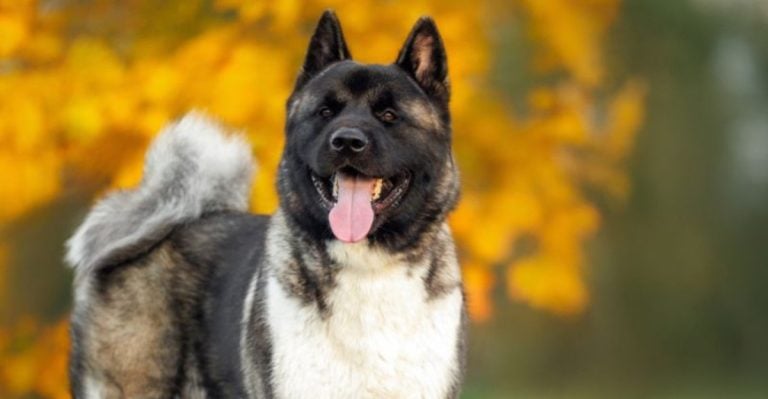12 Dog Breeds That Aren’t as Friendly as You’d Think
We often picture all dogs as tail-wagging bundles of joy, eager to make friends with everyone they meet. But the reality is, not all dogs are built for endless belly rubs or eager socializing. While many breeds are naturally outgoing and affectionate, others carry traits that can make them more reserved, aloof, or even a bit grumpy—at least at first glance.
These personality quirks aren’t flaws. In fact, many of these breeds were originally developed for specific jobs like guarding property, hunting alone, or herding livestock, which shaped their instinctive behaviors. Their cautious or independent nature might not fit the mold of the classic family-friendly pooch, but with proper training and understanding, they can still make loyal and loving companions.
For those considering a new furry addition to the family—or trying to better understand their four-legged roommate—it’s important to recognize that not every dog is a golden retriever in temperament. Some breeds require a bit more patience, experience, and effort to bring out their best sides.
In this list, we’ll highlight 12 dog breeds that are commonly considered less friendly—not because they’re bad dogs, but because they march to the beat of their own drum. Knowing what to expect can help you build a stronger bond and make more informed decisions when it comes to choosing the right pet.
1. Chow Chow: The Regal Loner
Behind that fluffy teddy bear appearance lies an ancient Chinese breed with a fiercely independent streak. Chow Chows typically bond deeply with one person while remaining aloof or even suspicious of strangers and other animals.
Their history as palace guards and hunting companions has shaped them into dignified, reserved companions rather than social butterflies. Many Chow owners describe their pets as more cat-like than dog-like in temperament.
Early socialization is absolutely essential with this breed, though even well-trained Chows maintain their naturally cautious disposition. These dogs require owners who respect their space and understand their need for proper introduction to new situations.
2. Shar Pei: The Wrinkled Watchdog
Those adorable wrinkles hide a fiercely protective guardian with ancient Chinese roots. Originally bred for fighting and guarding, Shar Peis approach strangers with natural suspicion and maintain a reserved demeanor even with familiar faces.
Their loyalty to family members runs deep, but they rarely extend that warmth to outsiders. First-time dog owners often mistake their independent nature for stubbornness, when really they’re simply confident decision-makers who don’t feel the need to please everyone they meet.
Proper training from puppyhood helps manage their protective instincts, though their wary nature remains. Fun fact: those signature wrinkles once served a practical purpose in dog fighting, allowing them to twist while being grabbed!
3. Afghan Hound: The Aristocratic Standoffish
Flowing locks and elegant posture might make the Afghan Hound look like a supermodel, but their personality is far from attention-seeking. These ancient sighthounds possess a deeply independent spirit that many mistake for aloofness or even arrogance.
Originally desert hunters who made decisions without human guidance, Afghans maintain that self-sufficient mindset today. They form strong bonds with their families but often appear indifferent to strangers’ attention and affection.
Training requires patience as they see little point in repetitive obedience exercises. Their sensitivity means harsh methods backfire spectacularly. While not aggressive, their reserved nature surprises those expecting an affectionate companion, making them better suited for experienced owners who appreciate their dignified independence.
4. Basenji: The Barkless Mystery
Known as Africa’s “barkless dog,” the Basenji communicates through unique yodels and expressive faces rather than traditional barks. This ancient breed’s independence stems from thousands of years working as hunting partners in the Congo, where self-sufficiency was essential for survival.
Basenjis form strong bonds with their people but maintain a distinctly cat-like approach to relationships. They’re selective about affection, often preferring to observe from a distance rather than cuddle. Their curious intelligence leads to creative problem-solving that can look like stubbornness to unprepared owners.
Despite their small size, they possess strong prey drives and independent thinking that can make them challenging companions. Their aloof attitude toward strangers often surprises those expecting typical doggy enthusiasm.
5. Jack Russell Terrier: The Feisty Firecracker
Small but mighty, Jack Russell Terriers pack intense energy and determination into compact bodies. Originally bred for fox hunting, these terriers retain their working instincts with an intensity that can overwhelm unprepared owners.
Their fearlessness often leads to confrontational behavior with other dogs, regardless of size differences. Jack Russells don’t back down from challenges, making dog park visits potentially problematic without careful supervision. Their hunting instincts remain strong, leading to relentless pursuit of small animals.
While devoted to their families, their independent thinking and high energy can manifest as stubbornness. Without proper outlets, their intelligence turns to destructive behaviors. These spirited dogs thrive with active owners who understand their need for both physical exercise and mental stimulation.
6. Doberman Pinscher: The Misunderstood Guardian
Sleek, powerful, and intensely loyal, Dobermans were specifically created to be the ultimate protection dog. Their imposing appearance matches their natural protective instincts, making them naturally suspicious of unfamiliar people and situations.
Contrary to their intimidating reputation, well-bred and properly trained Dobermans don’t display random aggression. Instead, they show calculated vigilance, carefully assessing potential threats to their families. Their intelligence allows them to distinguish between normal situations and genuine danger.
The breed’s deep loyalty creates strong bonds with family members but doesn’t automatically extend to strangers. Early socialization helps shape their protective nature appropriately. These dogs remain alert guardians even when relaxed, with their protective instincts never fully disappearing behind their affectionate family-dog persona.
7. Rottweiler: The Powerful Protector
Beneath that powerful build lies an ancient breed with deep protective instincts. Descendants of Roman drover dogs, Rottweilers have spent centuries as guardians of people and property, developing a naturally cautious approach to unfamiliar situations and people.
Their loyalty to family members runs bone-deep, but they remain naturally reserved with strangers. Proper socialization helps them distinguish between normal interactions and genuine threats, though their watchful nature never completely disappears.
Contrary to media portrayals, well-bred Rottweilers aren’t randomly aggressive – they’re thoughtful guardians who assess situations before acting. Their confidence and strength require owners who establish clear boundaries through positive leadership. These powerful dogs thrive with experienced handlers who understand their natural protective tendencies.
8. Akita Inu: The Noble Sentinel
Revered in Japan as symbols of good fortune, Akitas carry themselves with dignity that can be mistaken for aloofness. Their ancient history as hunting and guard dogs shaped them into naturally suspicious companions who carefully evaluate strangers before offering acceptance.
Akitas form profound bonds with their families while maintaining healthy skepticism toward outsiders. Their territorial nature makes them excellent watchdogs who don’t unnecessarily sound false alarms. Unlike more demonstrative breeds, they show affection subtly through quiet presence rather than exuberant displays.
Same-sex aggression remains common in the breed, requiring careful management in multi-dog households. Their hunting heritage also means small animals may trigger predatory responses. Despite these challenges, properly socialized Akitas become deeply loyal companions who protect their chosen people with quiet confidence.
9. Alaskan Malamute: The Independent Arctic Worker
Massive and wolf-like, Malamutes evolved as working partners rather than dependent pets. Their development alongside the Mahlemut people in Alaska created dogs with remarkable physical strength matched by equally powerful independent thinking.
Unlike more biddable breeds, Malamutes question commands and make their own decisions based on self-interest. This independence served them well when pulling heavy loads across treacherous terrain, but can frustrate owners expecting immediate obedience. Their pack-oriented nature can lead to dominance challenges with other dogs.
While affectionate with their families, they lack the desperate-to-please attitude of retrievers or shepherds. Their strong prey drive means small animals often trigger hunting responses. These magnificent northern dogs thrive with experienced owners who respect their working heritage while providing firm, consistent leadership.
10. Weimaraner: The Velcro Dog with Attitude
Nicknamed “gray ghosts” for their distinctive color and stealthy movements, Weimaraners combine intense attachment to their owners with surprising wariness toward strangers. Originally bred as hunting companions for German nobility, they retain strong prey drives and territorial instincts.
Their infamous separation anxiety stems from breeding that selected for dogs who wanted to be constantly with their hunters. This attachment can manifest as destructive behavior when left alone. Their high energy requires substantial daily exercise to prevent frustration-based behaviors.
While devoted to family members, Weimaraners often approach unfamiliar people with suspicion rather than immediate friendliness. Their hunting heritage means small animals trigger strong chase instincts. These athletic, intelligent dogs need experienced owners who provide both physical challenges and consistent training to channel their intensity appropriately.
11. Chihuahua: The Tiny Defender
Don’t let their diminutive size fool you – Chihuahuas pack outsized personalities into those tiny frames. Ancient companions to the Toltec civilization, these small dogs developed fierce loyalty to their chosen people while remaining naturally suspicious of strangers.
Their reputation for being “one-person dogs” stems from their tendency to bond intensely with a primary caregiver while remaining cautious or even snippy with others. Many Chihuahua owners discover their pets become self-appointed guardians, bravely confronting perceived threats regardless of size differences.
Small children often trigger defensive reactions in Chihuahuas, who feel vulnerable around unpredictable movements. Their fragility combined with courage creates a challenging combination. Despite their popularity as purse dogs, these intelligent canines need proper training and socialization just like larger breeds.
12. Dachshund: The Stubborn Tunnel Hunter
Those adorable sausage bodies hide the heart of a tenacious hunter bred to fearlessly pursue badgers underground. Dachshunds combine surprising courage with natural suspicion, creating companions who don’t automatically welcome strangers into their circle.
Their hunting heritage means they’re naturally vocal, alerting to potential intruders with impressive volume for their size. Dachshunds typically form strong bonds with family members while remaining reserved or even standoffish with unfamiliar people. Their stubborn streak reflects the independence needed for their original working purpose.
Small children may trigger defensive responses, especially when playing roughly. Their long backs make them vulnerable to injury, often making them less tolerant of handling than more robustly built breeds. Despite their comical appearance, these determined little dogs need owners who respect their working heritage and provide appropriate training.

